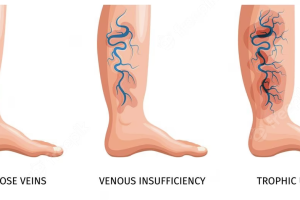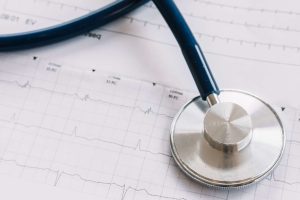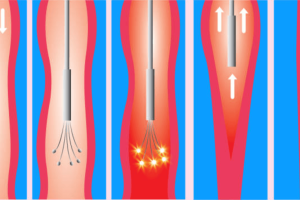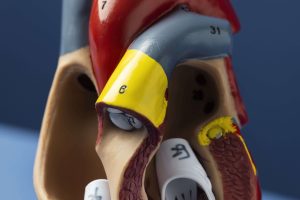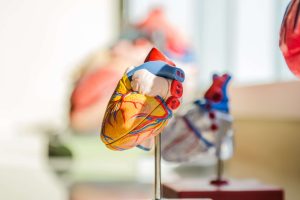The heart never takes a break. The heart is a strong muscle that never stops exercising, not for a minute. Every minute it needs blood, nourishment and oxygen. At Amarillo Heart Institute, we understand the importance of keeping your heart healthy and functioning at its best. We believe that a healthy heart is the foundation of a healthy life, and our goal is to provide you with all you need to achieve optimal heart health, a happier heart.
Cardiac Catheterization
Cardiac catheterization is an invasive medical procedure used to diagnose and treat heart conditions. The procedure involves the insertion of a catheter, a long, thin tube, into an artery or vein in the arm, groin, or neck, which is then guided to the heart under X-ray imaging guidance.
Once the catheter reaches the heart, a contrast agent (dye) is injected to help visualize the blood vessels, valves, and chambers of the heart. This allows the physician to assess the blood flow and pressure in the heart, and identify any blockages or abnormalities.
Cardiac catheterization is a complex procedure that requires specialized training and expertise. It is typically performed in a cardiac catheterization laboratory (cath lab) by a team of healthcare professionals, including cardiologists, nurses, and technicians. The procedure usually takes 30-60 minutes to complete, and patients are usually given sedation or anesthesia to help them relax.
Like any medical procedure, cardiac catheterization carries risks and potential complications, such as bleeding, infection, and damage to blood vessels or organs. However, the benefits of the procedure often outweigh the risks, especially in cases where accurate diagnosis and treatment are critical for patient outcomes.
Overall, cardiac catheterization is an essential diagnostic and therapeutic tool in the management of heart disease, and is an important part of the education of healthcare professionals studying cardiology and related fields.

Image by wavebreakmedia_micro on Freepik
Cardiac Catheterization Uses:
Cardiac catheterization has several uses in the diagnosis and treatment of heart disease.
Coronary artery disease (CAD): This is the most common condition diagnosed with cardiac catheterization. It occurs when the arteries that supply blood to the heart become narrow or blocked due to a buildup of plaque (atherosclerosis). Cardiac catheterization can help identify the location and severity of blockages in the coronary arteries, which can help guide treatment decisions.
Valve disease: Cardiac catheterization can also diagnose problems with the heart’s valves, such as stenosis (narrowing) or regurgitation (leakage). During the procedure, the physician can measure the pressure changes across the valve and assess the valve’s function.
Congenital heart defects: These are abnormalities in the heart that are present at birth. Cardiac catheterization can help diagnose the specific type of defect and assess the function of the heart.
Heart failure: This is a condition in which the heart can’t pump enough blood to meet the body’s needs. Cardiac catheterization can help assess the heart’s function and the pressures inside the heart, which can help guide treatment decisions.
Arrhythmias: These are abnormal heart rhythms that can cause symptoms such as palpitations or fainting. Cardiac catheterization can help diagnose the location and type of arrhythmia and assess the heart’s electrical system.
Overall, cardiac catheterization is a valuable tool in the diagnosis and treatment of a wide range of heart conditions, and can provide healthcare providers with critical information to guide treatment decisions.



